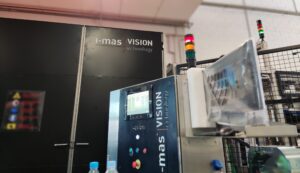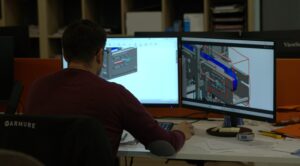Product design is a complex process that requires focus, creativity, and a deep understanding of user needs.
To address these challenges, designers turn to a wide variety of methodologies that provide structured frameworks and systematic approaches to guide the design process. Choosing the right methodology is crucial for this purpose.
In this article, we will explore four key methodologies in product design focused on innovation and user-centricity. Keep reading!
1. Lean Startup in Product Design
Inspired by the concept of “lean manufacturing”, the Lean Startup methodology focuses on rapid iteration and early validation of ideas through the creation of rapid and inexpensive prototypes to test the viability of the product. That is, rather than following a rigid plan, development teams seek to create minimum viable versions (MVPs) of the product and gather user feedback in an agile manner.
This methodology promotes experimentation, continuous learning, and adaptation based on the data obtained. By minimizing the time and resources invested in unvalidated ideas, Lean Startup helps reduce risk and maximize the value delivered to the customer.
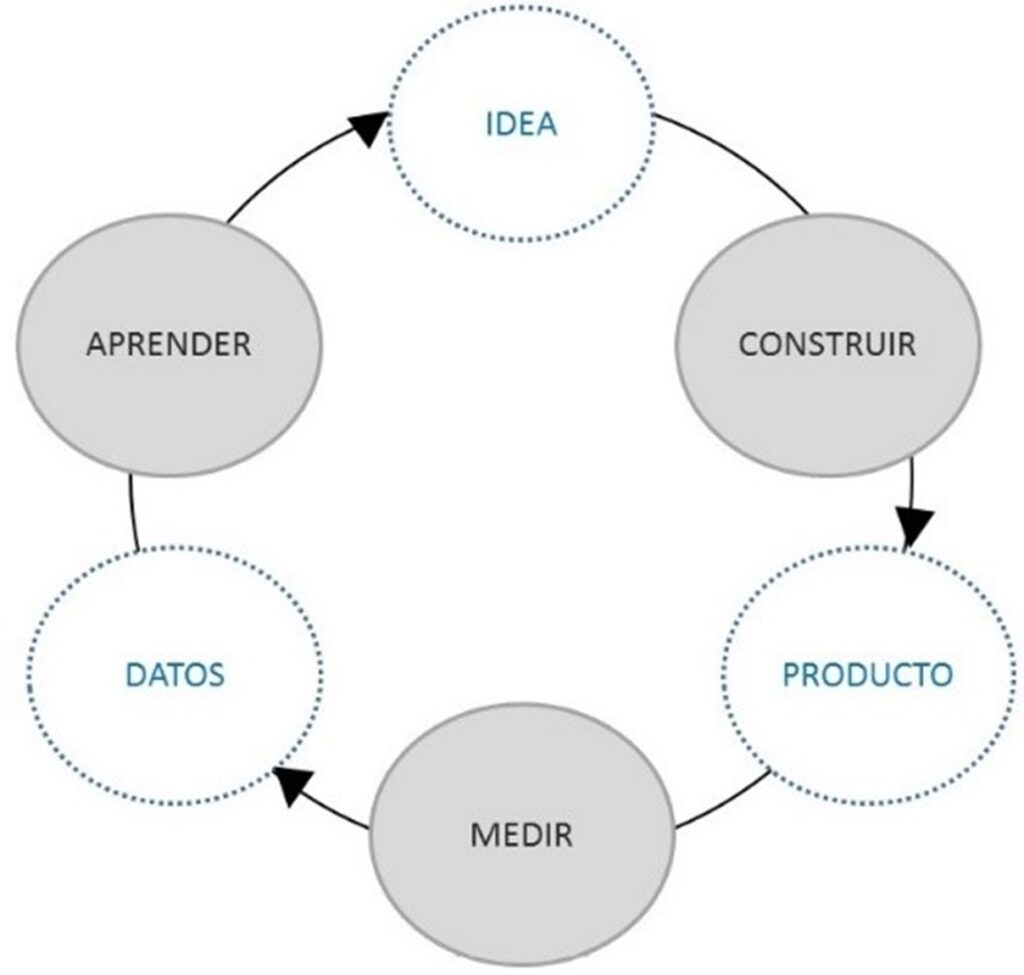
2. User Centered Design
User-Centered Design focuses on understanding the needs, preferences, and behaviors of the end user throughout the entire design process.
Through in-depth research, prototyping, and usability testing, design teams aim to thoroughly understand users and their usage contexts. This methodology focuses on empathy with the user and the creation of intuitive and satisfying products. By adopting an evidence-based approach, UCD helps ensure that the final product truly addresses user problems and enhances their experience.
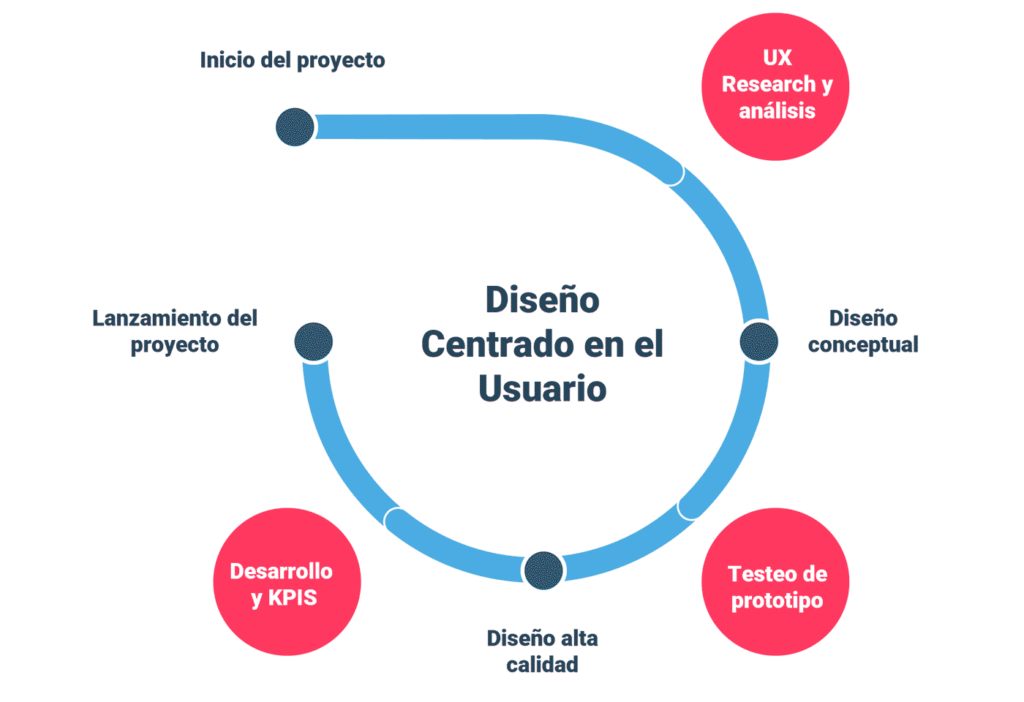
3. Agile Design
Agile Design, originating from the realm of software and technology, offers a dynamic and adaptable perspective for product development.
Instead of following a predetermined plan from the outset, design teams work in short and flexible iterations, known as “sprints.” During these sprints, they focus on completing the most important and prioritized tasks, allowing for incremental delivery of value to the customer.
Continuous communication and collaboration among team members are fundamental in Agile Design. This fluid communication allows for quick adaptation to changes in the market and customer needs, ensuring that the final product is relevant and useful.

4. Design Thinking
Design Thinking is an approach that prioritizes empathy and creativity in problem-solving. Through iterative stages of understanding, ideation, and prototyping, this approach seeks new perspectives and innovative solutions through a structured yet highly adaptable process.
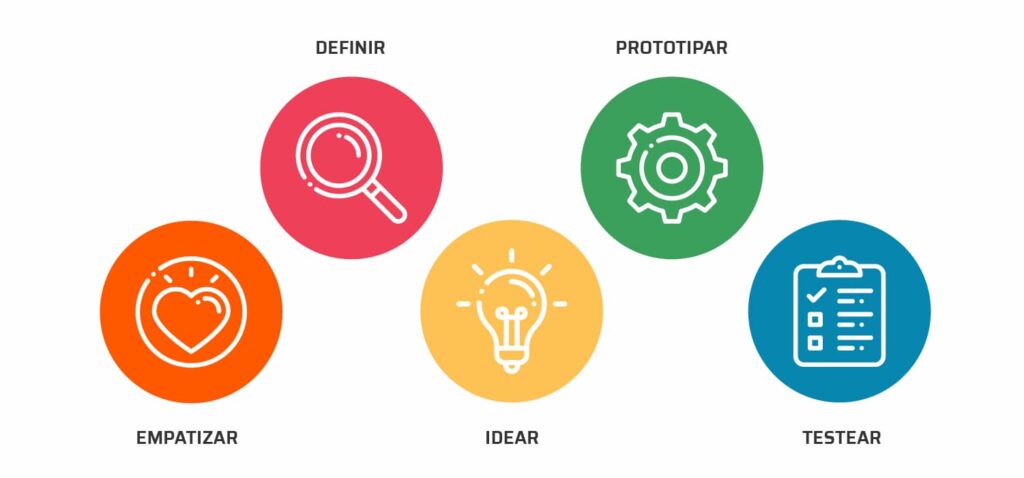
Product Design at i-mas
At i-mas, we are passionate about helping our clients turn their ideas into tangible and impactful products. Our over 20 years of experience in product design and development enable us to offer creative and effective solutions through the use of specific methodologies tailored to each project we work on.
Are you looking for a product design and development company in Barcelona? Contact us today!

